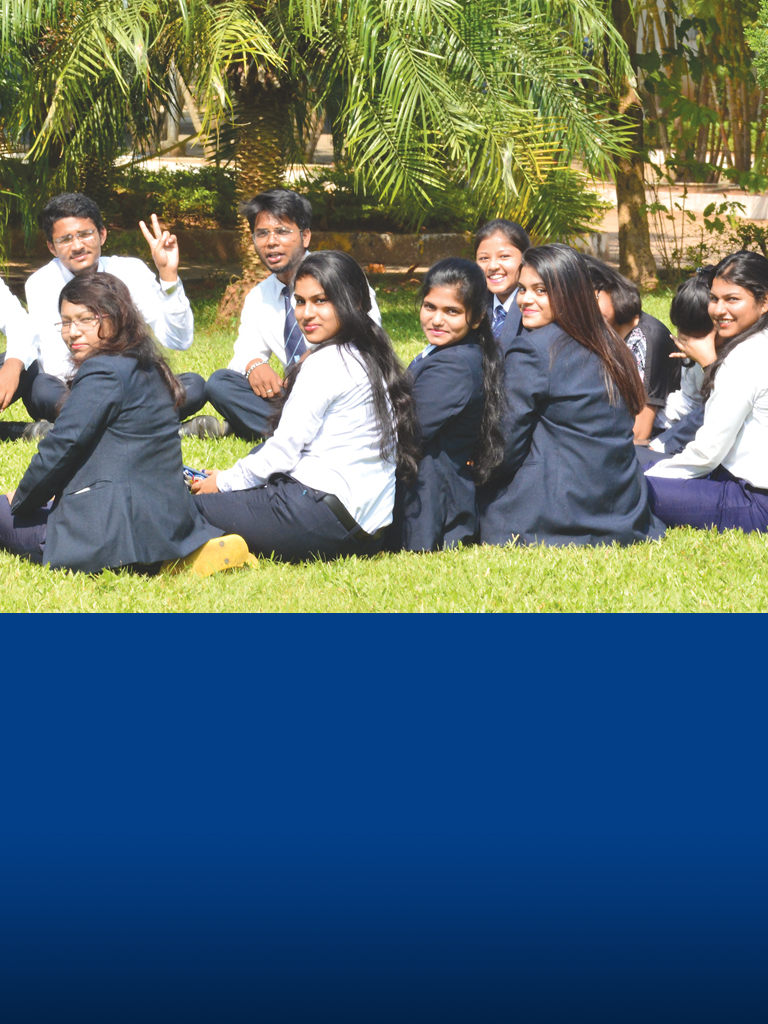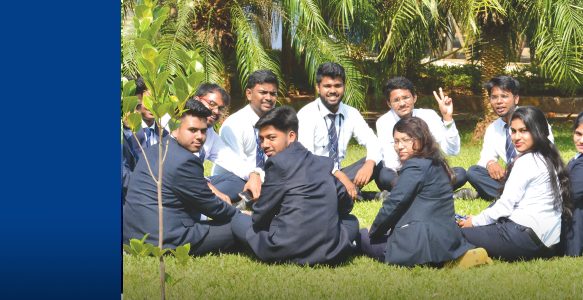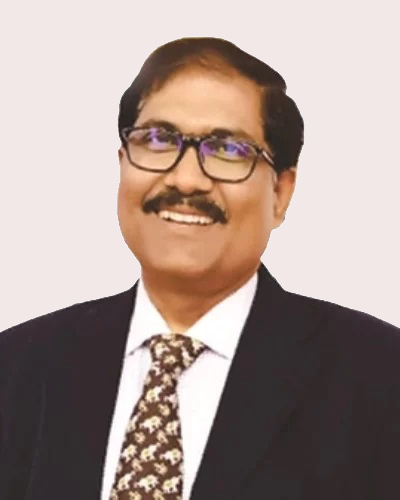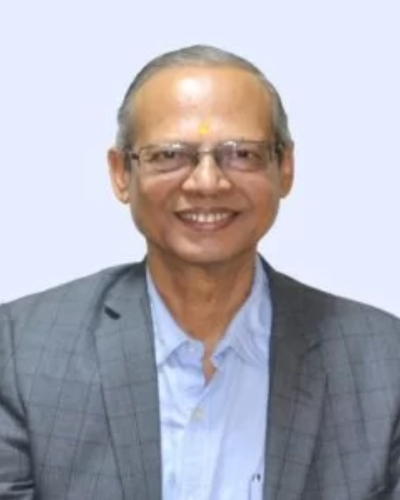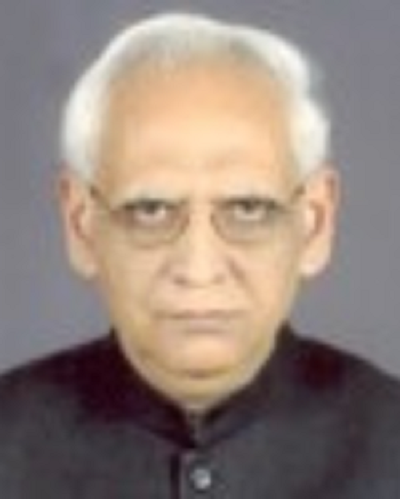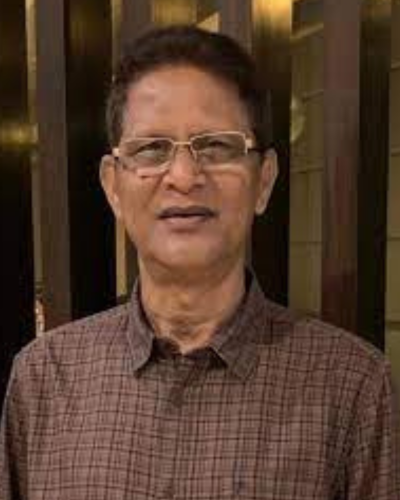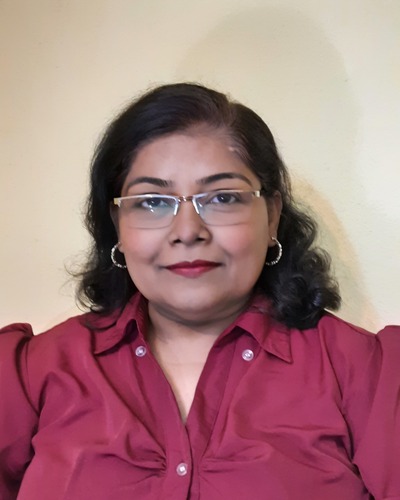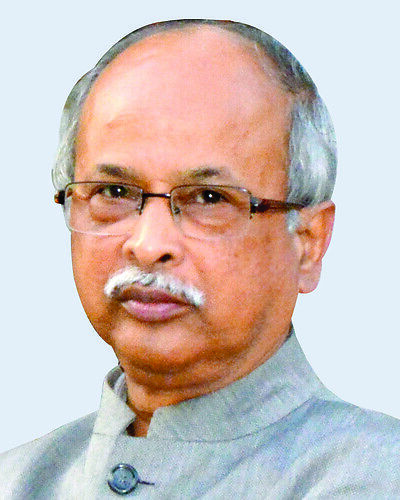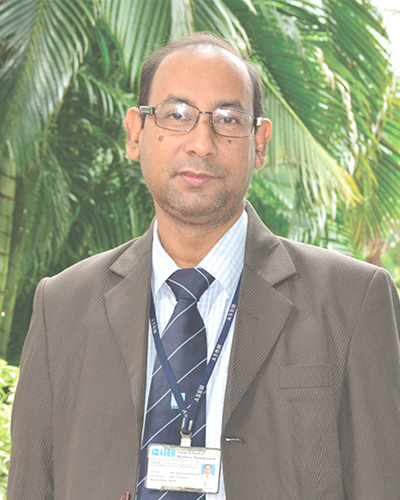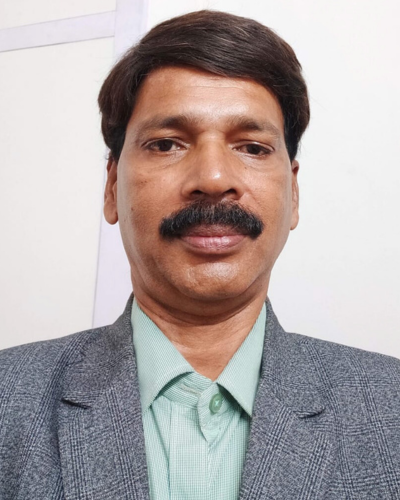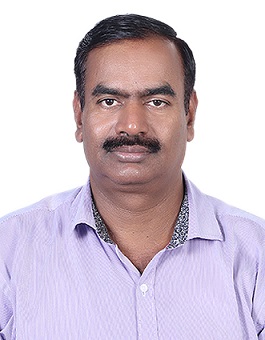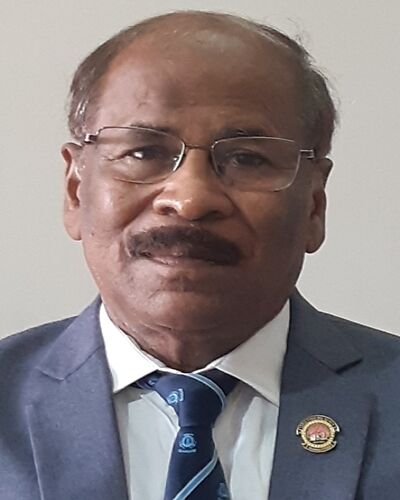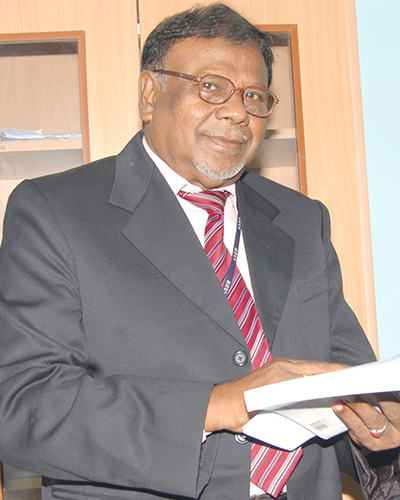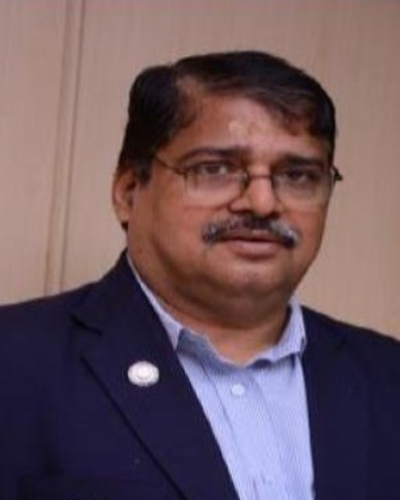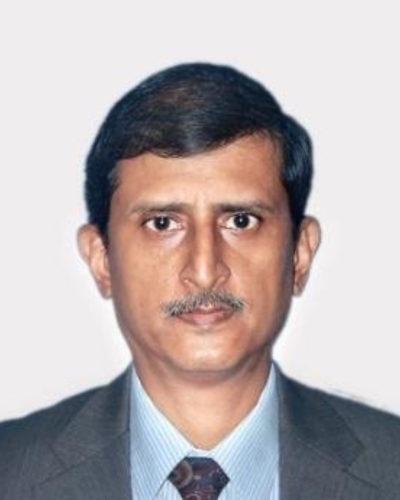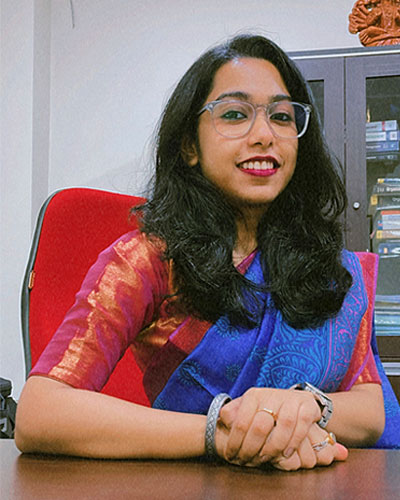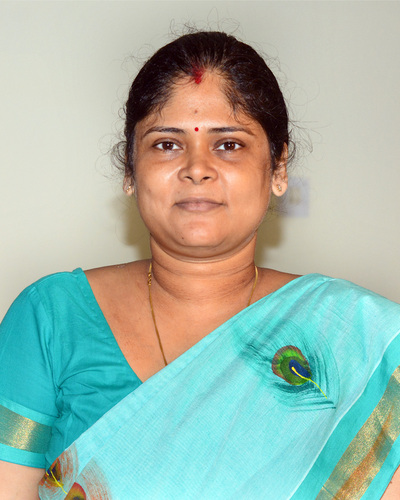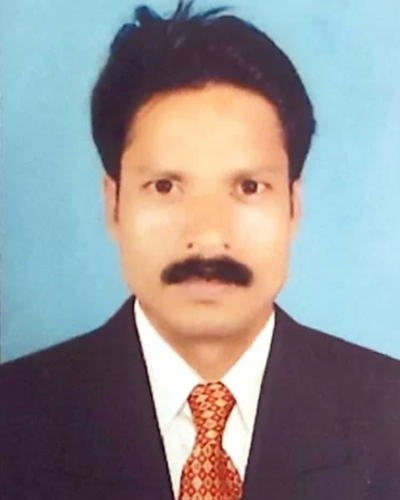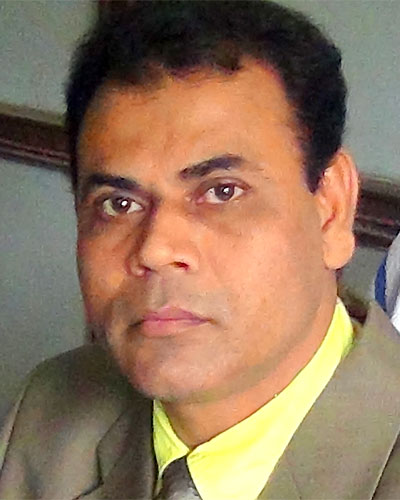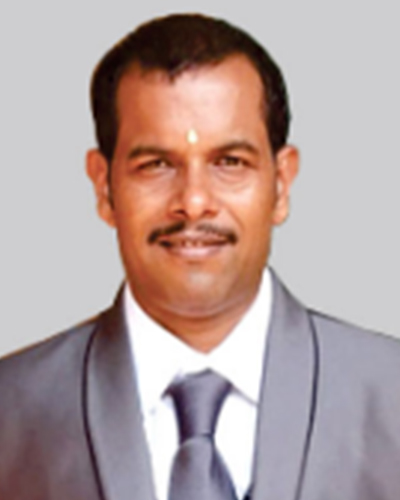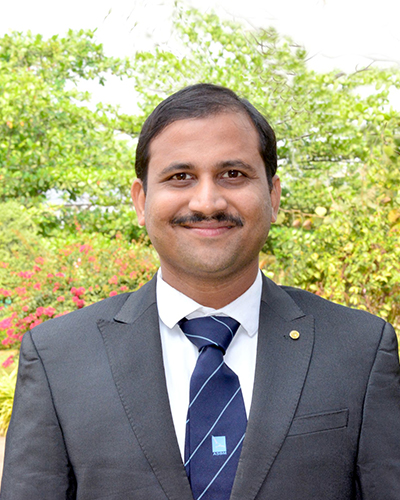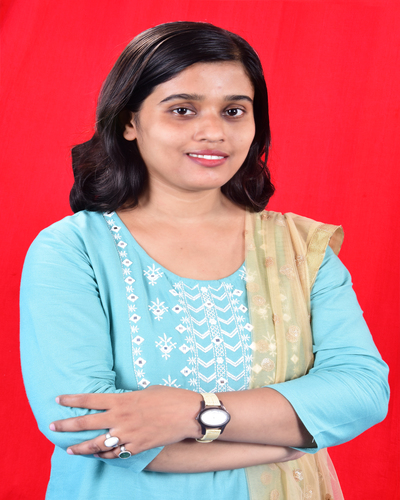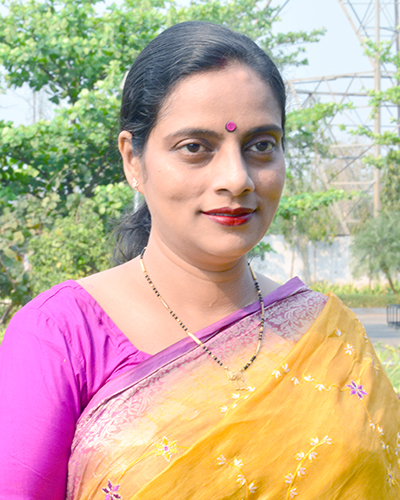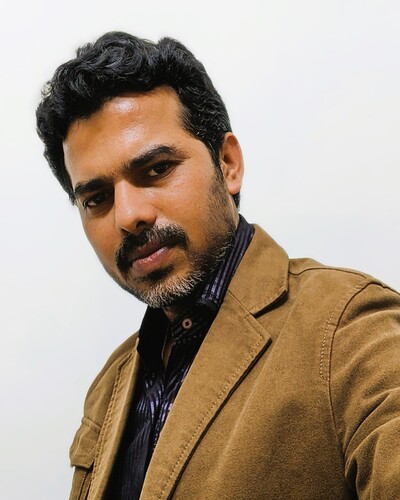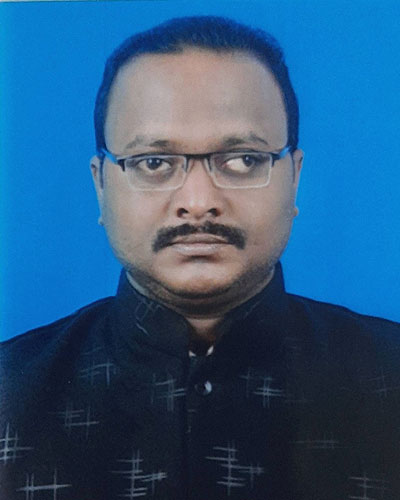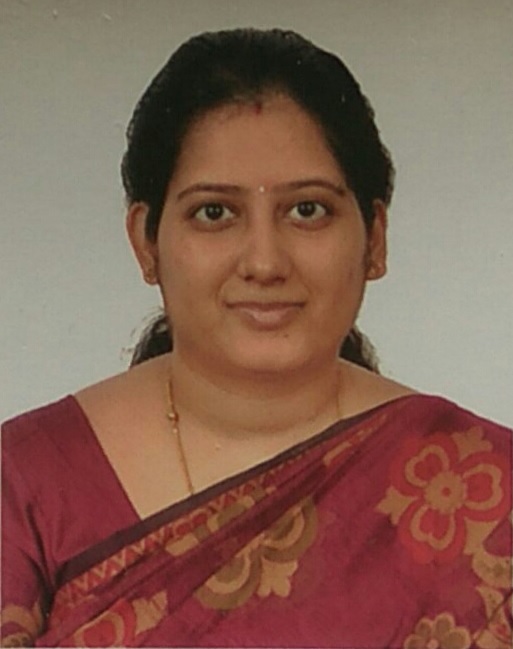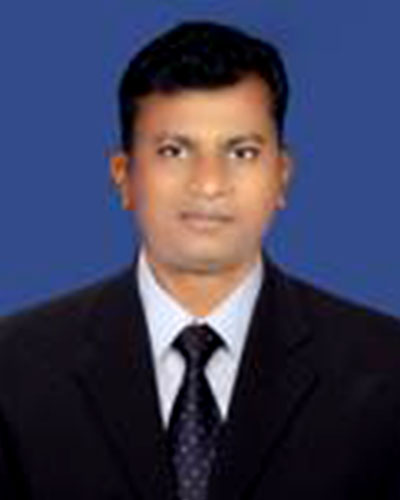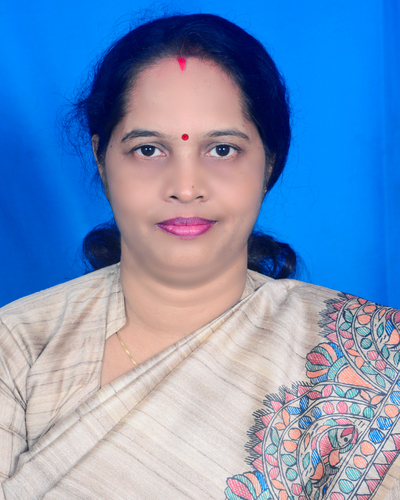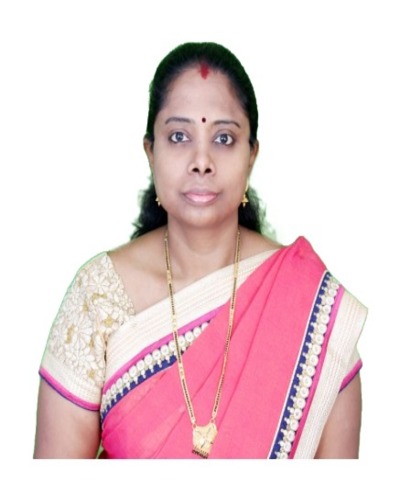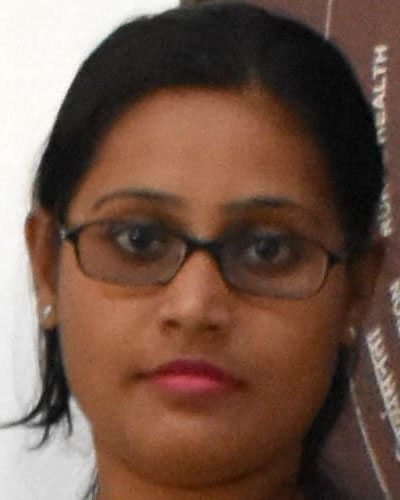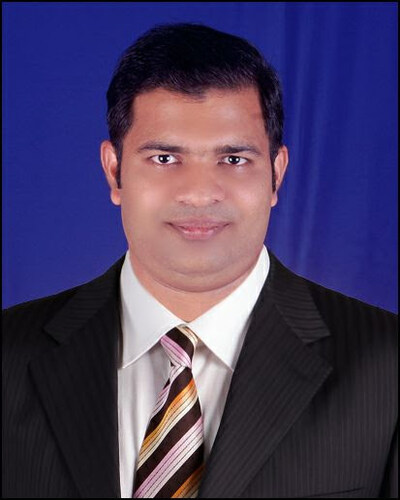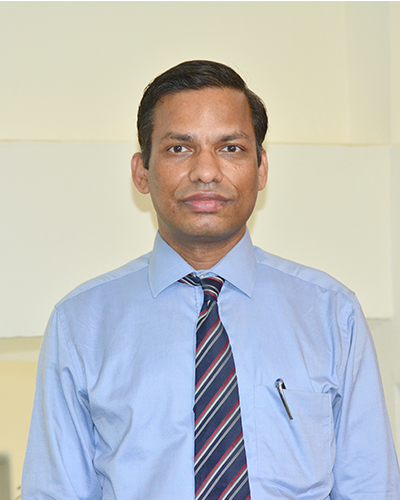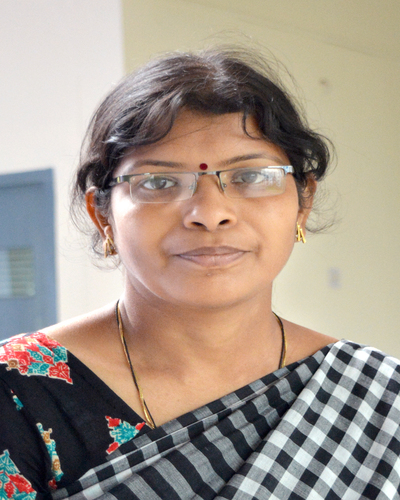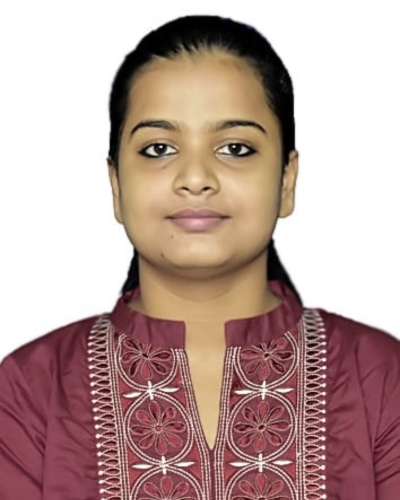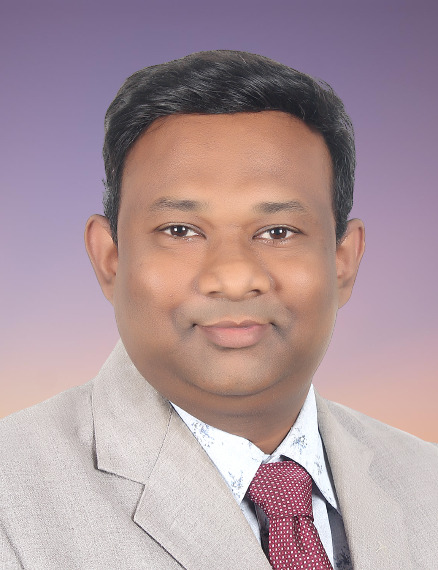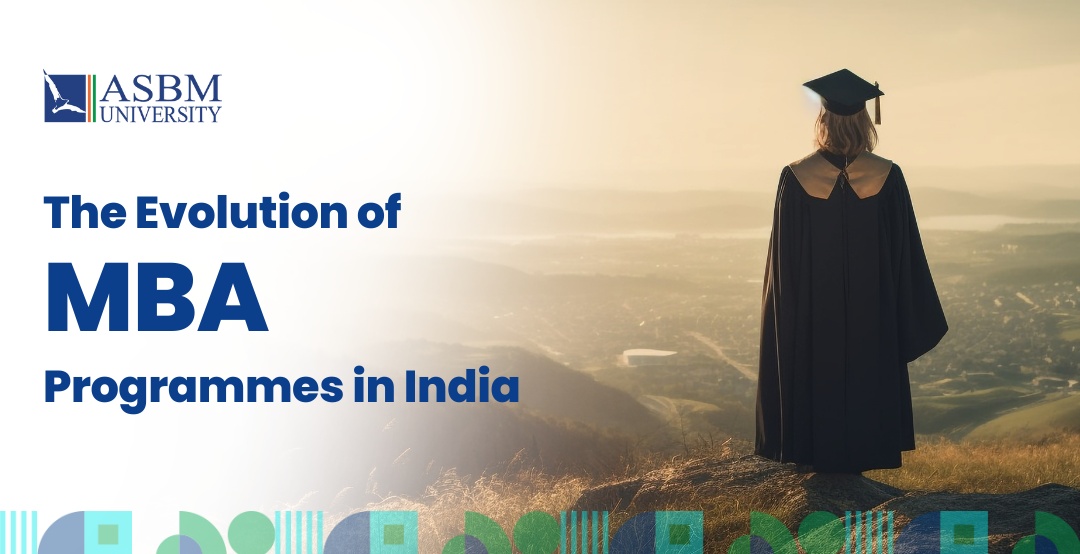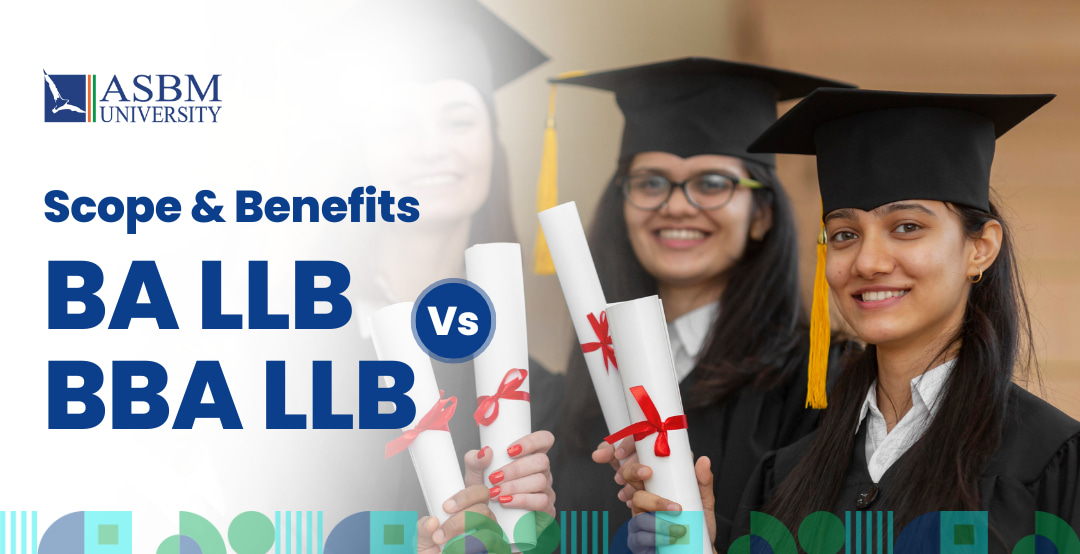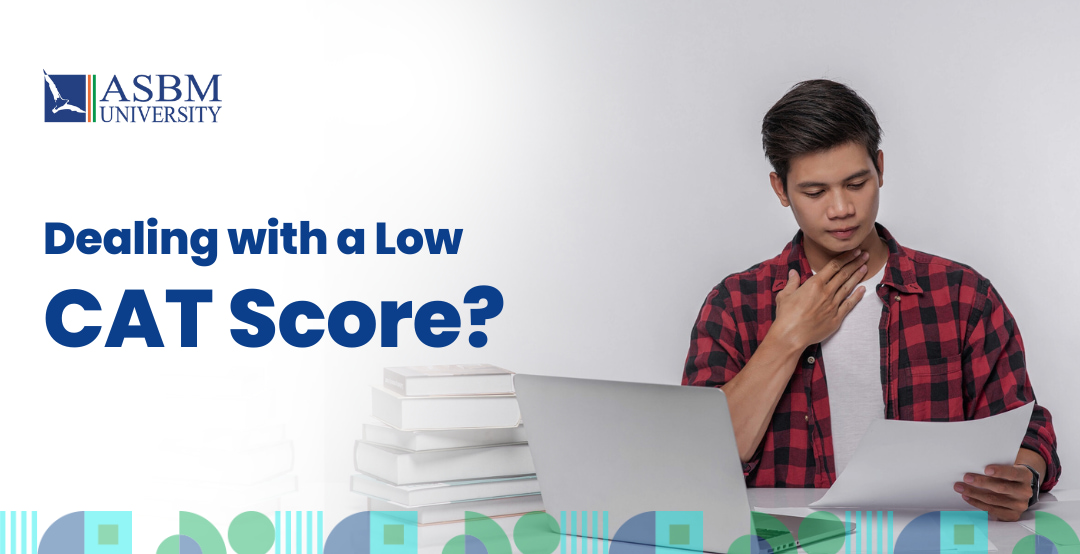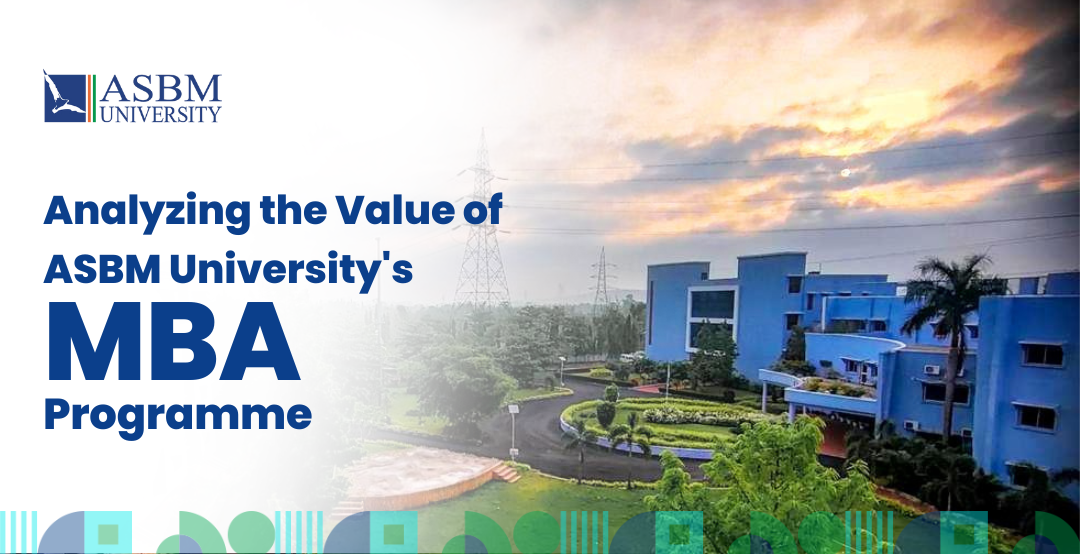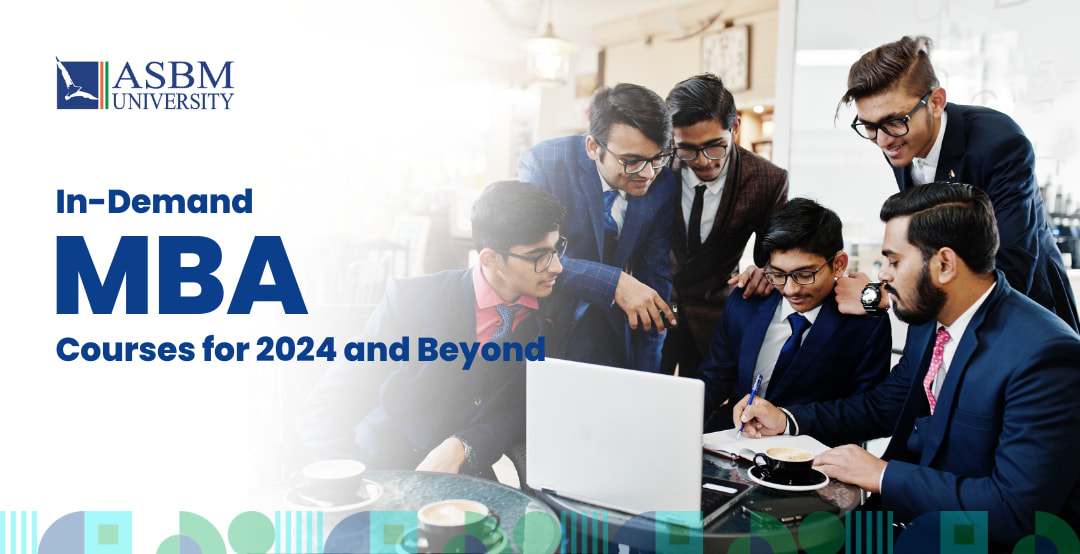Collabration
Bachelor of Arts (BA) in Economics (Hons./Research) Degree
Programme Key Stats
2024
Admission Session
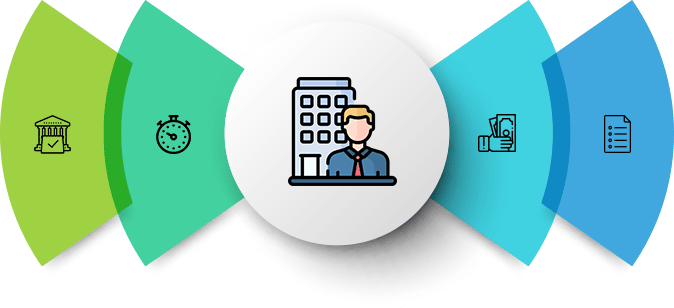
Any student who has passed 10+2 Arts/ Science/
Commerce
Eligibility criteria
Programme OVERVIEW
The Bachelor of Arts in Economics (Hons./Research) is a 4-year long course generally comprising qualitative and quantitative approaches to Social Science. The course essentially involves a study of the main aspects related to improving an organization’s overall profitability through different approaches and techniques. The world economy has been witnessing economic transformation and social changes. The knowledge of economics is essential to understand the fast moving market dynamics and its implications for economic decisions. An undergraduate course in economics sought from one of the best BA colleges in Odisha creates a strong foundation for career growth exclusively in the field of economics as well as in the diverse field of social and management education for higher education.
Economics education gives a thorough understanding of the economy and business. You can learn how a business operates, as well as explore how all the economic, political, social, cultural and technological decisions that go along with businesses can positively and negatively impact our society, or even the world. It focuses on the factors that drive economic behaviour at both an individual and organizational level. Education from the best arts college in Odisha equips you with analytical, communication and problem-solving skills to effectively identify issues, source information and ¬ efficient and practical solutions.
ASBM University believes in holistic development of its students. Hence, in addition to studies and curricular activities, the students are encouraged to participate in co-curricular and extra-curricular activities like conferences, seminars, lectures, debates, cultural Programme, social responsibility activities, games, festivals, etc. Conferences and seminars are conducted regularly at ASBM, one of the best BA colleges in Odisha on different subjects to update the knowledge base of the students.

Why B.A.
Economics
- Designed on CCFUG pattern
- Innovative teaching pedagogy
- Experienced faculty from industry, profession and academics
- Continuous evaluation pattern
- Dissertation/Project
- Separate hostel facilities for boys and girls inside the campus
Course Curriculum
Research/Dissertation
Students choosing a four-year Bachelor’s degree (Honours with Research) are required to take up research projects under the guidance of a faculty member in any functional area. The students are expected to complete the Research Project in the eighth semester. After the submission of the dissertation, there will be a viva voce examination.
Curriculum Design
A student will undergo a minimum of 120 credits for three-year BA-ECO programme or a minimum of 160 credits for four-year BA-ECO (Honours) with research. The courses have been classified into credits. The curriculum consists of major (core), minor stream, multidisciplinary, Ability Enhancement Courses (AEC), Skill Enhancement Courses (SEC), Value Added Courses, Summer Internship and/or Research Project/Dissertation.
Semester - I
- Introductory Micro Economics
- Organizational Behavior
- Introduction to Business
- English Language & Literature
- Environmental Studies
- Constitution of India
Semester – II
- Introductory Macro Economics
- Behavioral Economics
- NGO Management
- Principles of Management
- Communicative English
- Excel spread sheet
- Indian Ethos & Values
Semester – III
- Indian Economy – I
- Mathematical Methods For Economics – I
- Fundamentals of Insurance
- Business Laws
- Academic writing & Composition
- Computer Application in Economics
Semester – IV
- Indian Economy-II
- Mathematical Methods for Economics- II
- Money and Banking
- Public Economics
- Micro Finance
- Personality Development & Impression Management
Semester – V
- Intermediate Micro Economics – I
- Intermediate Macro Economics-I
- Statistical Methods For Economics
- Demographic Studies
- Summer Internship
Semester – VI
- Intermediate Microeconomics-II
- Intermediate
- Macroeconomics-II
- Financial Economics
- Development Economics
- SHG Finance
Semester – VII
- Introductory Econometrics
- Research Methodology
- International Economics
- Environmental Economics
- Introduction To MSME
Semester – VIII
- Industrial Economics
- Social Dis-Organisation &Deviance
- Research Project Dissertation
OR
- History of Economic Thought
- Advanced Econometrics
- Agricultural Economics
FOR WHOM
- Any Student who has passed +2 Arts/ Science/Commerce or its equivalent public examination.
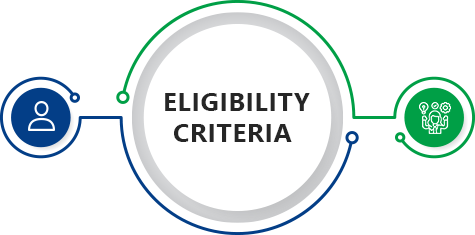
ELIGIBILITY
- Passed Class 12 in any stream from a recognised board with a minimum of 45% aggregate.
Faculty
FAQs
What is Lorem Ipsum?
Lorem Ipsum is simply dummy text of the printing and typesetting industry. Lorem Ipsum has been the industry’s standard dummy text ever since the 1500s, when an unknown printer took a galley of type and scrambled it to make a type specimen book. It has survived not only five centuries, but also the leap into electronic typesetting, remaining essentially unchanged. It was popularised in the 1960s with the release of Letraset sheets containing Lorem Ipsum passages, and more recently with desktop publishing software like Aldus PageMaker including versions of Lorem Ipsum.
What is Lorem Ipsum?
Toggle content goes here, click edit button to change this text.
What is Lorem Ipsum?
Toggle content goes here, click edit button to change this text.
STILL HAVE QUERIES?
Lorem ipsum dolor sit amet, consectetur adipiscing elit. Ut elit tellus, luctus nec ullamcorper mattis, pulvinar dapibus leo.

